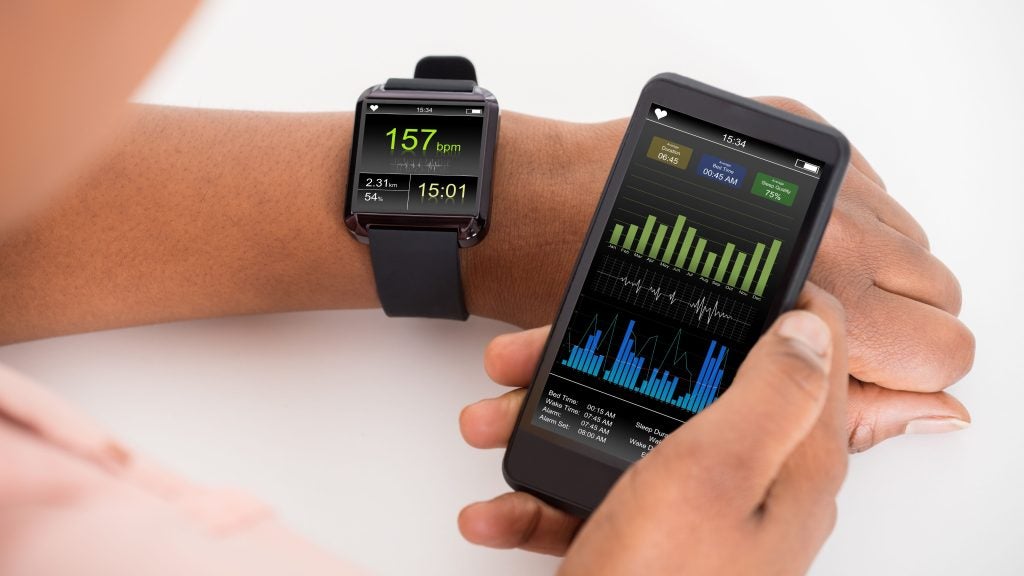
CTA’s Sarah Fal discusses current challenges in running clinical trials with an industry expert – the director of clinical supplies at a mid-sized company. In this Industry Viewpoint, the two discuss the obstacles faced in maintaining blinded tests and how the effective use of Form 222 can ensure the correct supply is on hand during clinical studies.
Sarah Fal: What are some of the challenges you face in the clinical supply chain?
IE: Complying with the Drug Enforcement Administration’s (DEA) regulation can be challenging at times when it comes to maintaining blinded tests. The best way to explain it, is to give you an example. In a trial, we have a couple of different tablet strengths, namely, 100mg tablets, 200mg tablets or placebos.
With these tablets, we need to come up with various combinations to dose patients at a specified mg point and at certain times. The challenge arises when it comes to kit configurations that later are dispensed to various sites. One patient may get a 100mg, 200 mg or two kits of placebos. Every patient in the study needs to get the same amount of kits, however, these need to look identical. The only way to decode these kits would be to refer to their ID which is a sequence of numbers that are randomized by strength.
Sarah Fal: I know the patients have to remain unaware of the contents in the kit, and the strength of the drugs they’re receiving, so how does the packing of the drugs work?
IE: The service provider packages the drugs and has a list of identification numbers assigned to the different mg strength. Afterwards, they label the kits accordingly, and upload the information on the IVR system. This has instructions on how the drug should be taken by the patient. Such information is hidden from the clinical site and the patients so that all kits look alike and they don’t know what they’re getting. The DEA requires a 222 form be completed anytime you want to move a controlled substance.
How well do you really know your competitors?
Access the most comprehensive Company Profiles on the market, powered by GlobalData. Save hours of research. Gain competitive edge.

Thank you!
Your download email will arrive shortly
Not ready to buy yet? Download a free sample
We are confident about the unique quality of our Company Profiles. However, we want you to make the most beneficial decision for your business, so we offer a free sample that you can download by submitting the below form
By GlobalDataThe 222 forms indicate the name of the product, the product code number, the quantity, and unit strength. The movement of controlled substances is considered as a buyer-seller transaction. The person who wants a drug, the buyer, which is the clinical site, fills out the 222 form and request the quantity needed. The clinical site would send it to the seller, namely, the contract packagers, and fill in the 222 form and attach it to the shipment. The challenge here is as the clinical site, you are blinded, so you don’t know how much to ask for and what you have in stock.
Additionally, the controlled substance has to be in a secured area and locked. Therefore, it may seem like you have a lot but they may all be placebos. So the trick is to complete a 222 form and submit it to the contract packager. If we wait for the IVR system to trigger that stock is needed, it may be too late.
Sarah Fal: Are there quantity restrictions in regards to what the clinical site can demand?
IE: Clinical sites tend to anticipate a high quantity while the DEA stipulates that you can always ship less and not more than the required amount. The contract packager is restricted in the sense that they can only make shipments with a 222 form in hand. Therefore, making a shipment without it would be a violation of DEA regulation.
Sarah Fal: It seems clear to me that it would be in every clinical site’s best interest to always have 222 forms ready in advance to ensure the contract packager has several on hand to avoid supply issues. Why is this still a challenge if the solution is this simple?
IE: Sometimes clinical sites can forget or may be unsure of the process. It can also be due to other reasons. For instance, if a site is closing down and they didn’t sign forms to ensure continued supply to new site. There is also an issue around clinical sites anticipating that if they send too many 222 forms, they may be audited whereas this isn’t necessarily the case.
Sarah Fal: So what is the solution to this?
IE: There needs to be adequate storage for kits. The distributor responsible (who is unblinded) should ship the kits by priority in smaller quantities until the overall inventory of the site goes down. The increase of storage on the site can be done by leasing vaults and have them moved onto the clinical sites to increase storage space. Instructions on how to sore the kits should be logged on the IVR system.








Related Company Profiles
CTA Inc
DEA srl